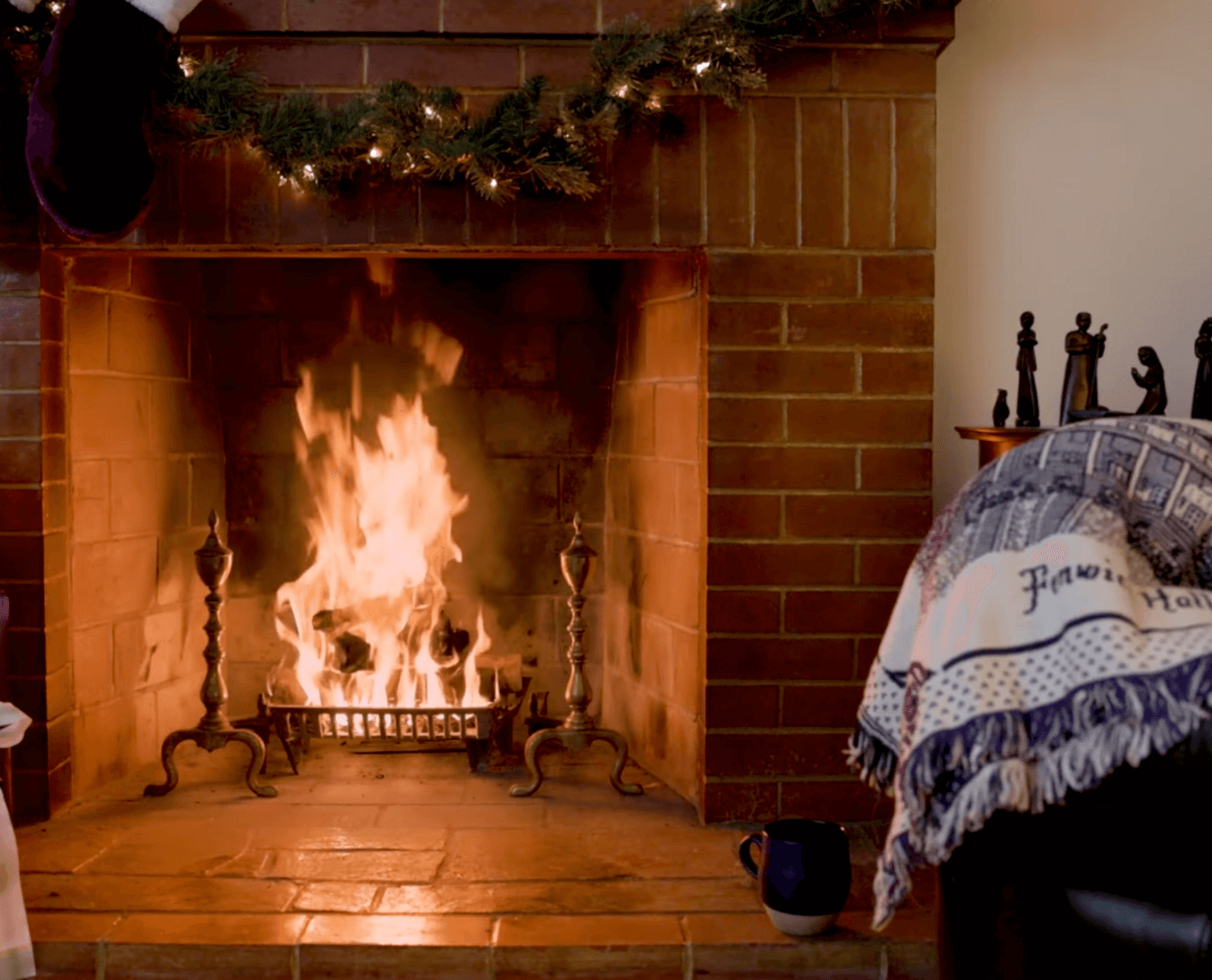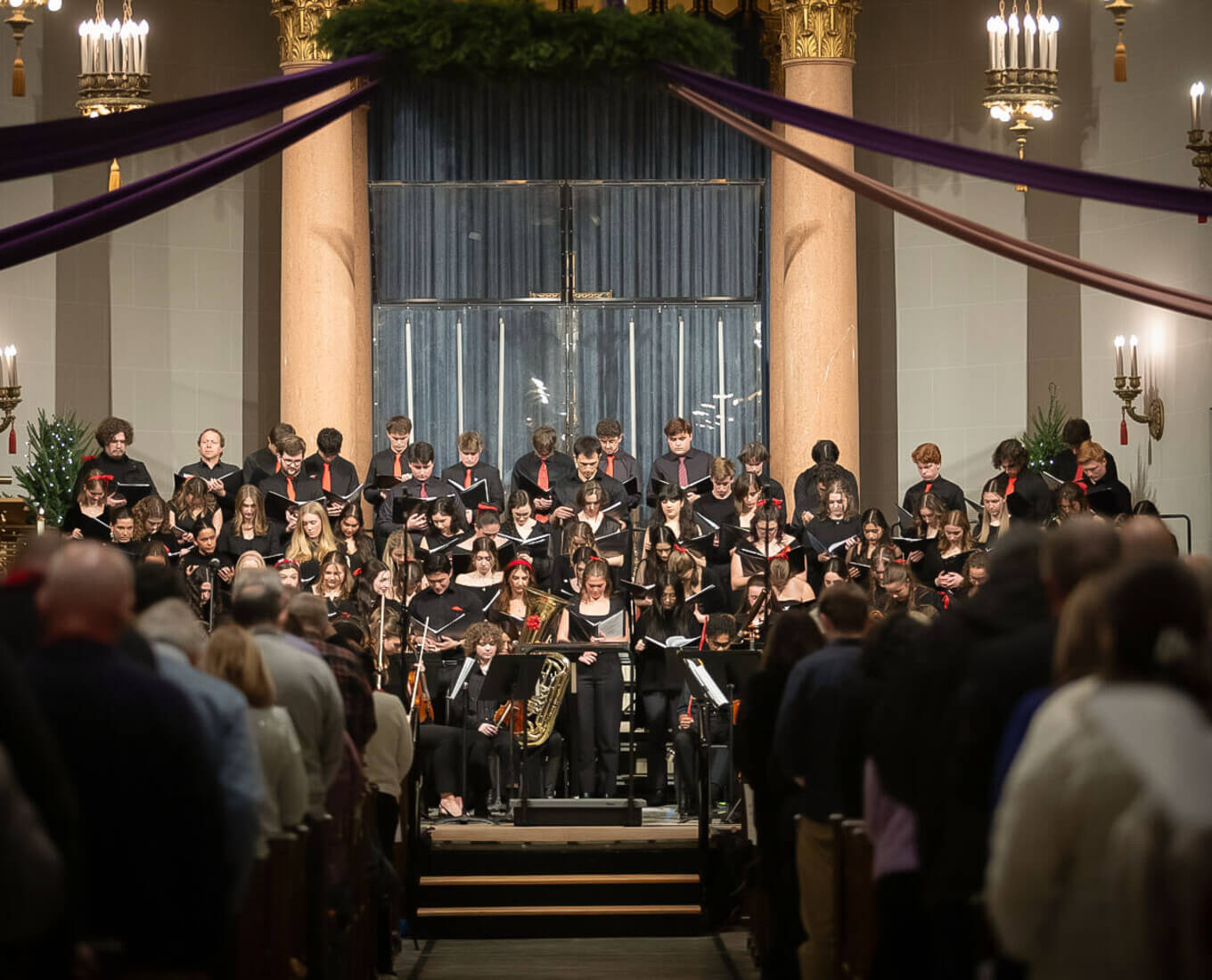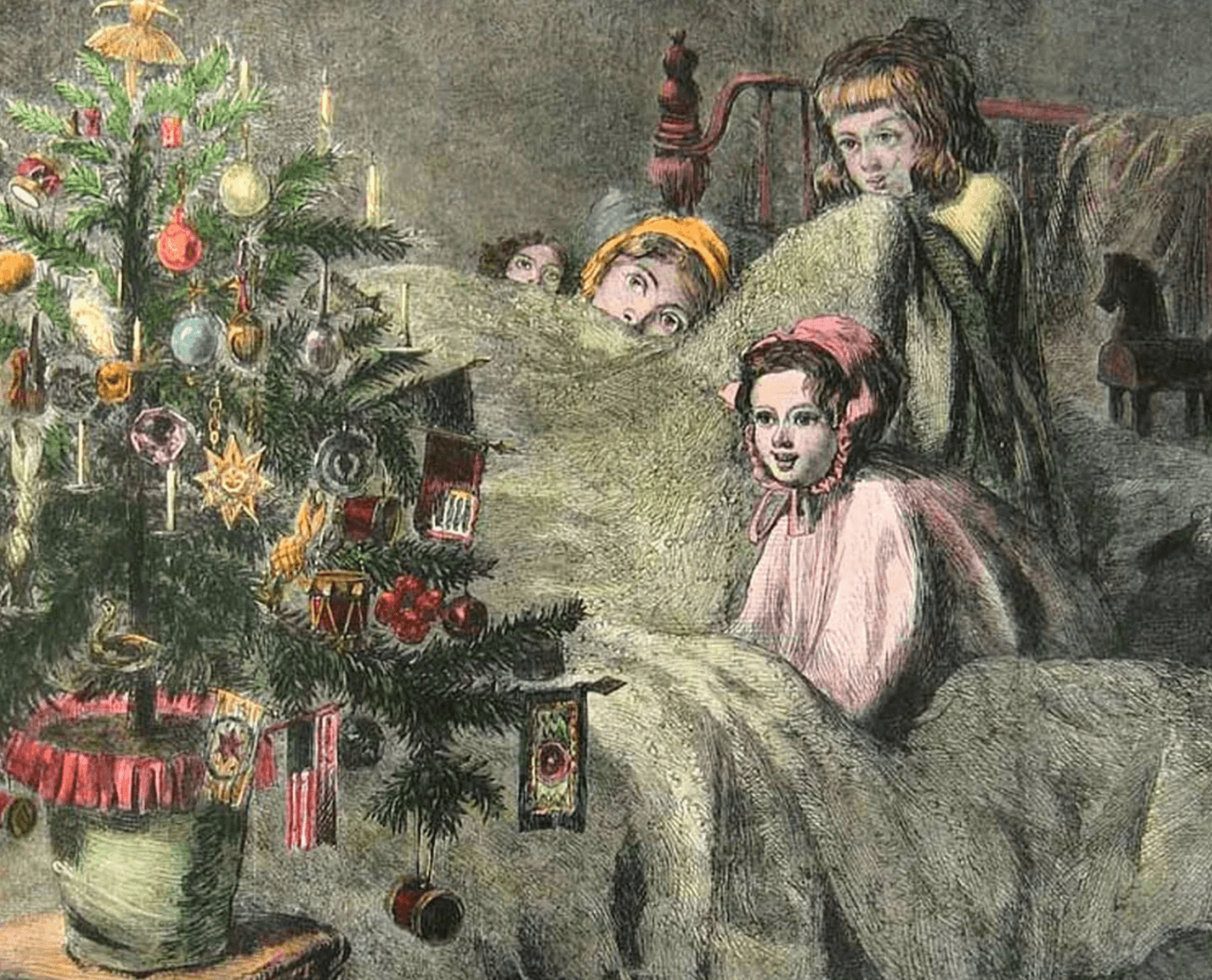What do Les Miserables" rebellious Jean Valjean, the writer James Baldwin and 11 College of the Holy Cross students have in common?
They know something about French revolutions and artistic rebels.
Stephanie Yuhl and Theresa McBride, professors of history, led a group of Holy Cross students though a Maymester study abroad program in the "city of lights," titled "Paris: Revolutionaries and Artistic Rebels," which focused on what constitutes the radical, what constitutes rebellion and how both have changed over time.
The underlying question of the semester was why change happens — why people rise up, Yuhl says. "French history is very complicated, so we went to a lot of different sites to try and root the story and the analysis in artifacts and spaces in the city. Paris is a classroom. The city and its environments are a text for us to analyze and experience."
And there was plenty to explore. "The French went through five revolutions and two world wars in the course of a century and a half," McBride says. "Paris was a refuge for political and intellectual 'rebels' from Europe and the United States, from composer Frederic Chopin to writer James Baldwin, so the theme allowed us to explore Paris' history through its history of tolerance and encouragement to the arts and intellectual life."
A trip to the most iconic of French revolution sites — Versailles — was a jumping off point for the roots of rebellion. For Maria Pishkin '20, a political science and classics double major, seeing the palace in person was eye-opening, and not just for its beauty.
"When I saw how ornate Versailles was, it finally registered to me how many resources went into this place, while almost none were directed at France at the time. While walking through the palace with its high ceilings, rooms covered in mirrors and gold details, I felt small. I understood how Versailles truly operated as a symbol of power since it had the effect of making those inside feel astounded and insignificant."
The group also traveled to Normandy, the site of the initiation of the Western Allies to liberate mainland Europe from Nazi Germany during World War II. As it happened, the timing was auspicious.
"We reached Omaha Beach on June 5, a stormy day, to discuss the American landing on June 6, 1944, and the weather added an atmospheric element to the huge American military cemetery above Omaha Beach," McBride says. "We also visited a German cemetery nearby and watched as German soldiers lay wreaths in preparation for the commemoration. There could not have been a clearer demonstration for our contemporary world of the importance of the agreements which bound western European nations together after the wholesale destruction of two world wars."
Of course, a trip to France included brushing up on language skills and students took thrice-a-week language classes, either at the beginner or intermediate level. Then to put their burgeoning history and language skills directly to use, the group traveled all over the city, visiting museums and other important landmarks, including the Musée d'Orsay, Centre Pompidou, the Grand Mosque of Paris and the Museum-Memorial of the Shoah.
It was powerful, says Ben Marchand '19, a physics and architectural studies double major, to study "rebellious movements in art history and get to see first-hand many of the masterpieces in the many museums."
 Students stand outside of the Palace of Versailles. Photo courtesy of Stephanie Yuhl
Students stand outside of the Palace of Versailles. Photo courtesy of Stephanie YuhlThe frequent demonstrations gave rise to spirited conversations. "It was interesting seeing the trains as the locus for protest," says Pishkin. "In a course that focused on rebellion and revolution, it was hard not to think of the ways in which the metro as a target was significant. Trains are a place of mobilization and can be used for both physical and political mobilization and people were strategically targeting and delaying physical mobility in order to promote political measures."
While the coursework focused on uprising and revolution, the mood among the group was all camaraderie and inclusion. Whether students were just hanging out in class, riding the Metro or eating Nutella crepes, they found their perspectives broadened. "In a majority of my classes at the College, the classes I took largely consisted of students within that major," Pishkin points out. "In France, there was a mix including political science, environmental science, biology, English, anthropology, classics, art history and architecture. As a result, there was a wider range of perspectives that my peers had to offer."
Now that the students are back, the learning continues. Not that there are immediate plans to storm the Bastille or its American equivalent, but studying the roots of rebelliousness and revolution helped the students reframe their thinking about living as engaged citizens.
"In the traditional classroom setting, it can be easy to forget that the material you are learning is supposed to carry on and alter your perspective," Pishkin says. "Being able to interact with what you learn changes and enhances the experience. What I saw in France are now memories I can't forget the same way that I could with traditional course material. I have an emotional and physical attachment to these places."


